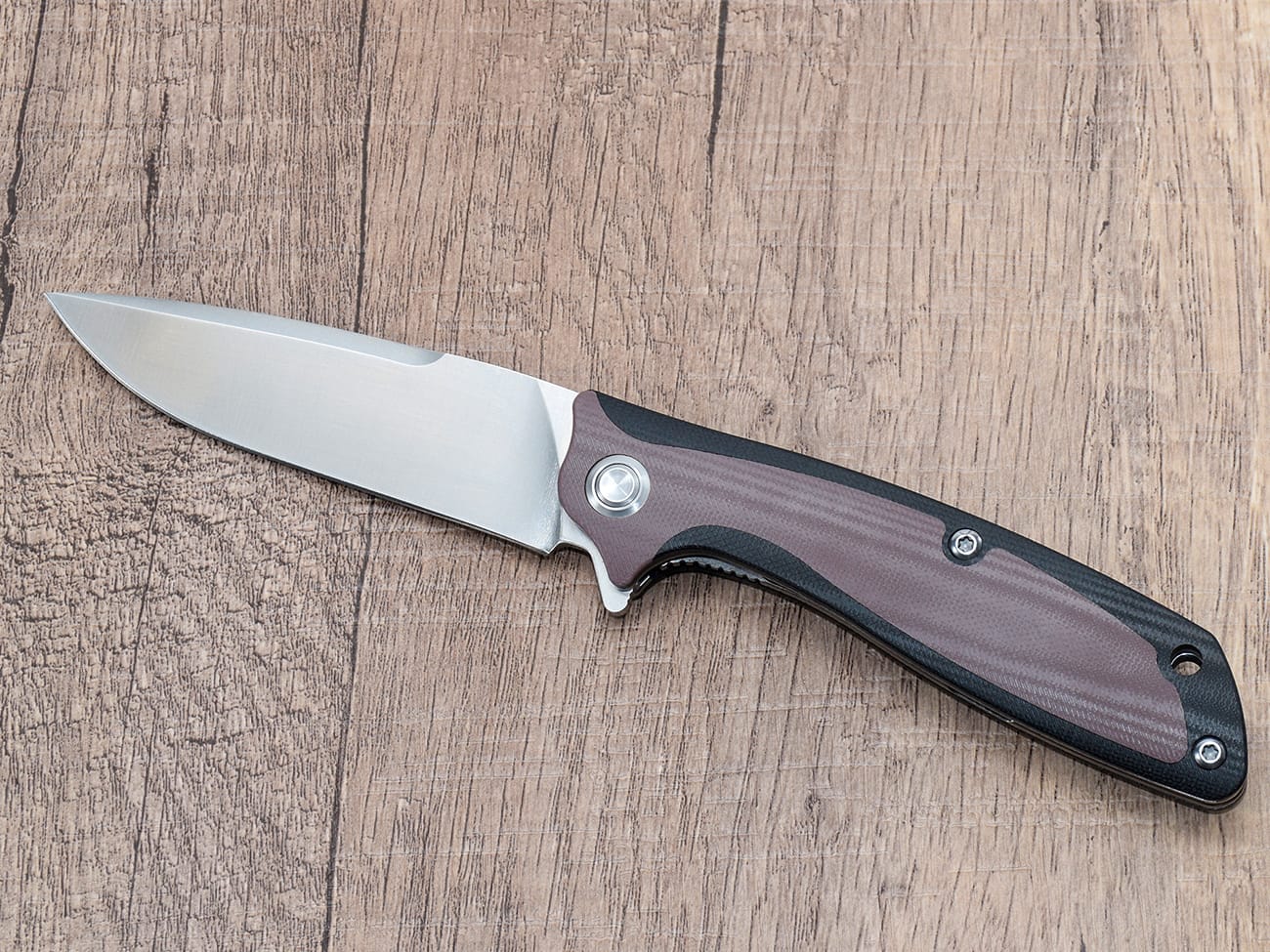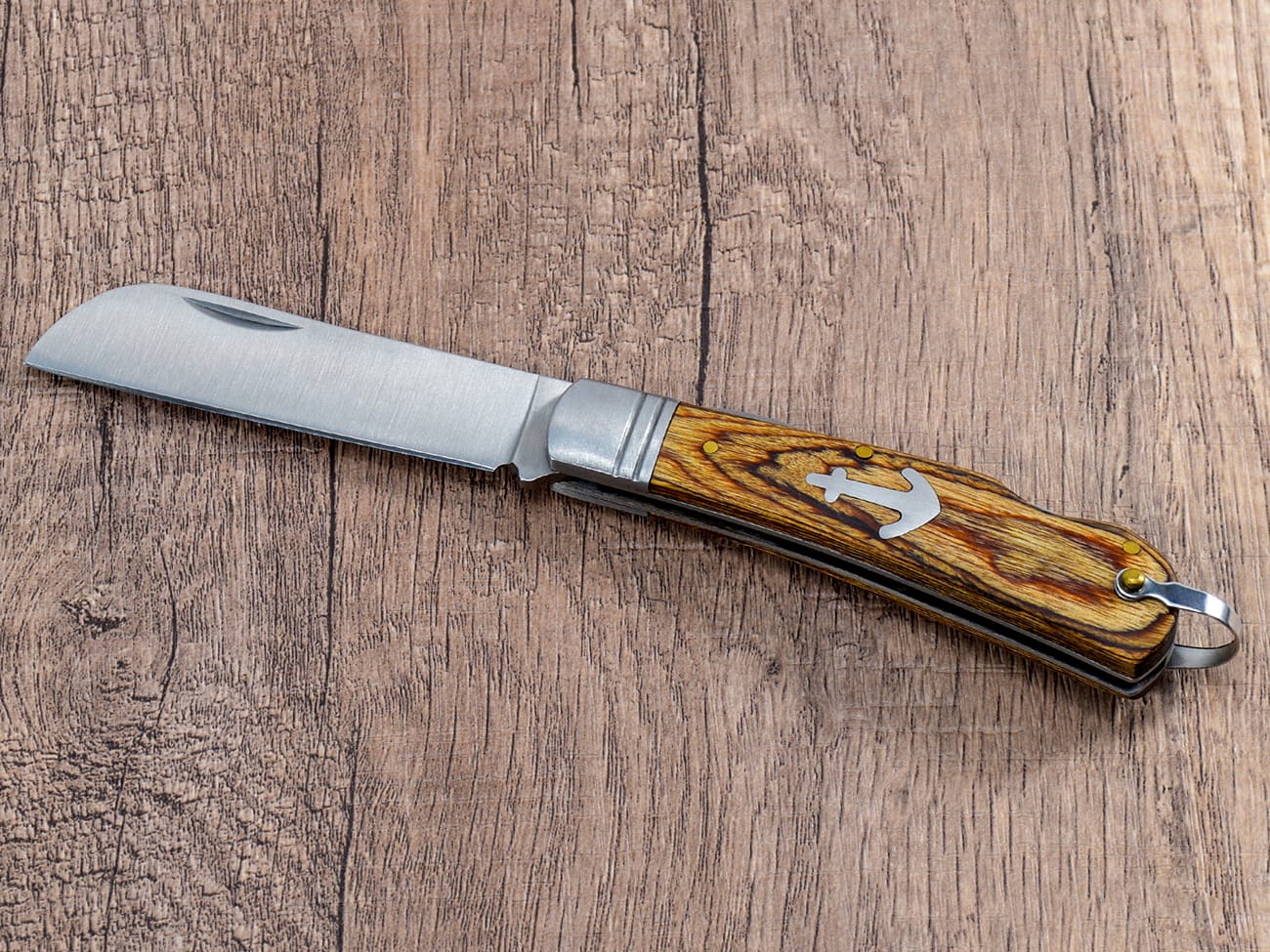Heat treating is a crucial step in knife making that can make or break the performance of your blade. Whether you’re a seasoned knife maker or a curious enthusiast, understanding the intricacies of heat treatment is essential for crafting high-quality knives. In this comprehensive guide, we’ll delve into the world of heat treating, exploring various techniques, common pitfalls, and expert tips to help you achieve the perfect balance of hardness and toughness in your knife steel.
Why is Heat Treatment Important for Knives?
Before we dive into the specifics, it’s crucial to understand why heat treatment is so vital in knife making. Heat treating alters the molecular structure of the steel, enhancing its properties to create a blade that’s both hard enough to hold a sharp edge and tough enough to withstand the rigors of use. Without proper heat treatment, even the finest steel can result in a subpar knife that’s prone to chipping, warping, or losing its edge quickly.
What Are the Basic Steps of Heat Treating a Knife?
The heat treatment process typically involves several key steps:
- Normalizing
- Hardening
- Quenching
- Tempering
Each of these steps plays a crucial role in developing the final properties of the knife steel. Let’s explore each one in detail.
How Does Normalizing Affect Knife Steel?
Normalizing is the first step in the heat treatment process. It involves heating the steel to a specific temperature and then allowing it to cool slowly. This process helps to relieve internal stresses in the steel and create a more uniform grain structure. Normalized steel is easier to work with and responds more predictably to subsequent heat treatment steps.To normalize your knife steel:
- Heat the steel to its critical temperature (usually around 1500°F for high carbon steels)
- Hold at this temperature for about 10 minutes per 1/4 inch of thickness
- Remove from heat and allow to air cool completely
Repeat this process 2-3 times for best results.
What Happens During the Hardening Process?
Hardening is where the magic happens. This step involves heating the steel to its austenitizing temperature, which causes a change in its crystal structure. The steel becomes non-magnetic at this point, which is a useful indicator for knife makers.To harden your knife:
- Heat the blade evenly to its critical temperature (use a magnet to check when it becomes non-magnetic)
- Hold at this temperature for about 5 minutes per 1/4 inch of thickness
- Prepare for the quenching step
Why is Quenching Crucial in Heat Treatment?
Quenching is the rapid cooling of the heated steel, which “locks in” the hardened crystal structure. The quenching medium and speed can significantly affect the final properties of the steel. Common quenching media include oil, water, and air, depending on the type of steel.For most high carbon steels used in knives:
- Prepare a quenching tank with the appropriate oil (many knife makers use dedicated heat treat quench oil)
- Quickly transfer the heated blade from the forge or heat source to the quenching medium
- Agitate the blade in the quenchant to ensure even cooling

How Does Tempering Affect Knife Hardness and Toughness?
Tempering is the final and crucial step in heat treatment. It involves reheating the hardened steel to a lower temperature to reduce brittleness and increase toughness. The tempering temperature and duration depend on the desired final hardness and the specific steel type.To temper your knife:
- Clean the blade thoroughly after quenching
- Place the blade in a preheated oven at the appropriate tempering temperature (usually between 300-500°F for most knife steels)
- Hold at this temperature for 1-2 hours
- Allow to cool slowly
- Repeat the process 2-3 times for more consistent results
What Are Common Mistakes in Heat Treating Knives?
Even experienced knife makers can make mistakes during heat treatment. Here are some common pitfalls to avoid:
- Overheating the steel, which can lead to grain growth and brittleness
- Uneven heating, resulting in warping or inconsistent hardness
- Using the wrong quenchant for the steel type
- Insufficient tempering, leading to overly brittle blades
- Improper temperature control during any stage of the process
How Do Different Steel Types Respond to Heat Treatment?
Not all steels are created equal when it comes to heat treatment. Different steel compositions require different approaches:
- High carbon steels like 1095 are relatively simple to heat treat but can be prone to warping
- Stainless steels like 440C often require precise temperature control and special quenchants
- Tool steels like D2 may need multiple tempering cycles to achieve optimal properties
Understanding your steel type is crucial for successful heat treatment.
What Equipment is Needed for Heat Treating Knives?
While professional knife makers often have access to sophisticated equipment, it’s possible to heat treat knives with more basic setups. Essential equipment includes:
- A heat source (forge, kiln, or even a high-temperature torch for small blades)
- Temperature measurement tools (pyrometer, thermal camera, or at least a magnet for checking non-magnetic transition)
- Quenching tank and appropriate quenchant
- Oven for tempering
- Safety equipment (gloves, eye protection, etc.)
How Can You Test the Success of Your Heat Treatment?
After heat treating, it’s important to verify that you’ve achieved the desired results. Some methods include:
- Hardness testing with files or a Rockwell hardness tester
- Flexibility tests (carefully!)
- Edge retention tests through controlled cutting tasks
- Microscopic examination of the grain structure (for those with access to such equipment)
What Are Some Advanced Heat Treating Techniques?
For those looking to take their heat treating skills to the next level, consider exploring:
- Differential heat treatment for creating blades with varying hardness along their length
- Cryogenic treatment for certain steel types to enhance wear resistance
- Atmosphere-controlled heat treatment for precise control over the steel’s composition
Conclusion: The Art and Science of Heat Treating Knives
Heat treating is both an art and a science, requiring a deep understanding of metallurgy combined with hands-on experience and intuition. By mastering the basics and continually refining your techniques, you can create knives with exceptional performance and durability.Remember these key points:
- Understand your steel type and its specific heat treatment requirements
- Follow each step of the process carefully: normalize, harden, quench, and temper
- Use appropriate equipment and safety measures
- Test your results and be willing to adjust your methods
- Practice and experiment to develop your skills
With patience and persistence, you’ll be able to consistently produce high-quality, perfectly heat-treated knives that stand the test of time.




